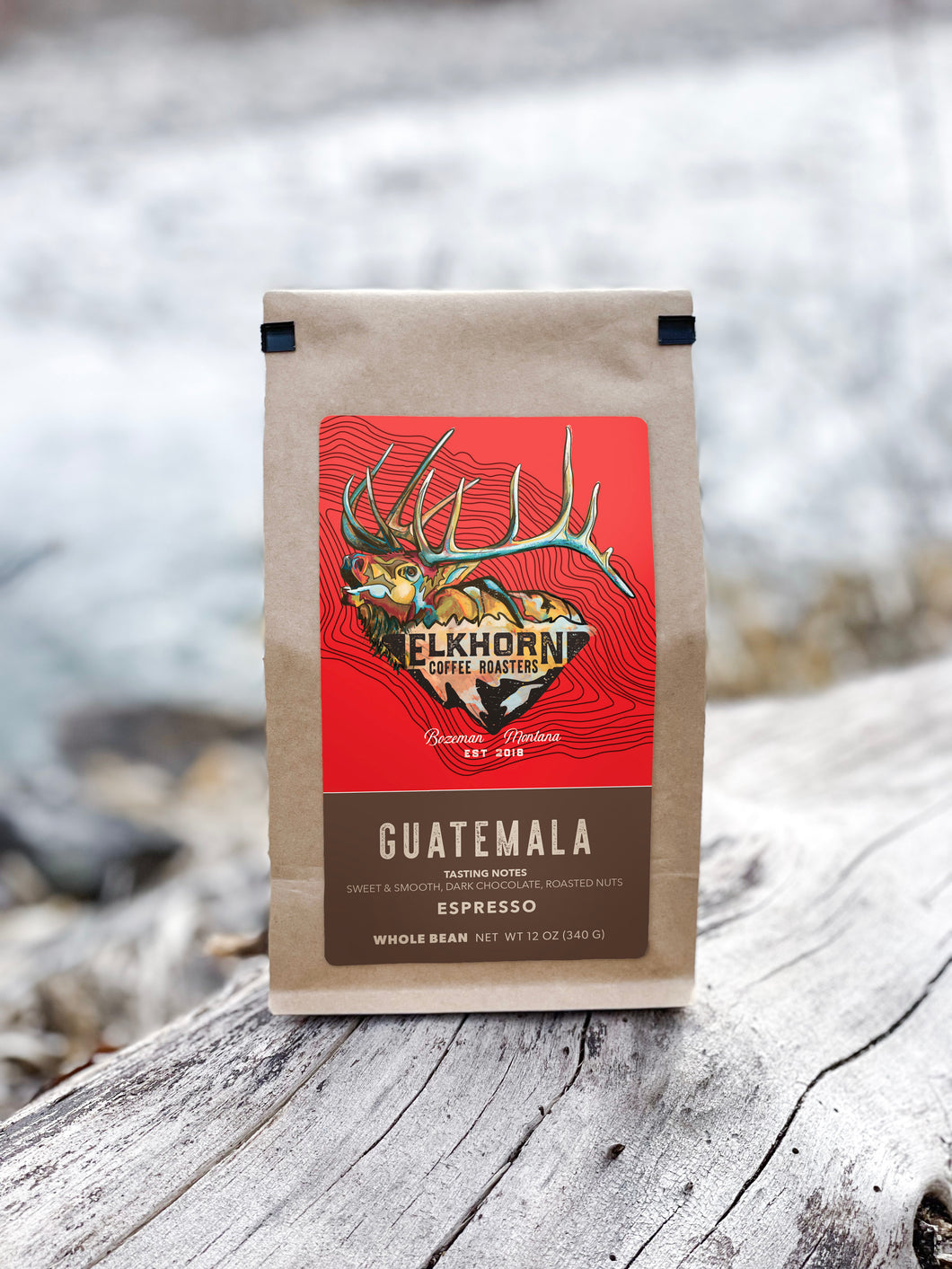Discover the Distinctive Flavor Profile of SOE Single Origin Espresso Today
Discover the Distinctive Flavor Profile of SOE Single Origin Espresso Today
Blog Article
Recognizing Coffee Beans: the Trip From Coffee to Blended Coffee Beans

The Origins of Coffee: A Global Point Of View
While you may think of coffee as a modern-day staple, its origins map back centuries, intertwining with societies across the world. The story starts in Ethiopia, where tale states a goat herdsman called Kaldi uncovered the invigorating effects of coffee beans after noticing his goats romping energetically after eating them. This sparked rate of interest, bring about coffee's spread to Arab investors who treasured the made drink. By the 15th century, it got to Persia, Egypt, and Turkey, where coffeehouses came to be social hubs for conversation and culture.
As profession routes increased, coffee made its way to Europe in the 17th century, swiftly getting appeal. It transformed from a magical drink into a daily routine, inspiring events and intellectual exchanges. Each culture added its unique twist to coffee prep work, enhancing its background. This worldwide journey highlights how coffee connects us, going beyond borders and unifying diverse customs with a straightforward bean.
Farming and Harvesting of Espresso Beans
As coffee's journey progressed, the focus shifted to the cultivation and harvesting of certain bean ranges, especially those made use of for coffee. You'll discover that espresso beans commonly originate from Arabica or Robusta plants, each offering unique tastes. The ideal growing problems consist of high altitudes and abundant, well-drained soil, which boost the beans' top quality.
Throughout the harvest, picking methods vary. Timing is essential; you want to gather when the cherries reach peak ripeness for maximum taste.
When harvested, the beans are prepared for handling, which is vital in establishing their final taste. Comprehending the farming and harvesting procedures provides you understanding into what goes into your preferred coffee, enhancing your recognition for each and every cup.
Processing Approaches: From Cherry to Bean
Now that you've learned concerning collecting coffee beans, let's explore just how those cherries transform into the coffee beans you love. You'll see exactly how different harvesting strategies effect taste, complied with by the vital steps of fermentation and drying out. Ultimately, we'll break down the milling and grading procedure that determines your coffee's top quality.
Harvesting Strategies Clarified
When it comes to coffee, understanding harvesting strategies is important, because they directly affect the flavor and high quality of the beans you delight in. There are two key methods: selective picking and strip selecting. Discerning selecting entails hand-picking just ripe cherries, ensuring you get the most effective high quality beans. This method often leads to a richer taste profile, though it's even more labor-intensive. On the various other hand, strip choosing means gathering all cherries simultaneously, no matter ripeness. While it's quicker and more affordable, this can result in a mix of flavors, impacting the final product. Inevitably, the choice of collecting strategy can considerably influence your coffee experience, so it deserves recognizing exactly how those beans made it to your mug.
Fermentation and Drying Out
After gathering, the next actions in handling coffee beans play a considerable function in shaping their taste. You'll find that fermentation is vital, as it aids damage down the mucilage surrounding the beans, enhancing their preference account. Depending upon the method, this process can last from a couple of hours to numerous days, with differing results based on temperature level and humidity.
Sun-drying permits the beans to take in tastes from the atmosphere, while mechanical drying out warranties constant moisture degrees no matter of weather condition. Correct drying is crucial to stop mold and protect the beans' top quality, eventually affecting your mug of coffee.
Milling and Grading Refine
As fermentation and drying set the stage for flavor development, the milling and grading process guarantees that only the ideal coffee beans make it to your mug. This phase entails getting rid of the external layers of the coffee cherry, including the parchment and husk. High-grade beans receive a higher quality, resulting in a richer coffee experience.
Roasting Methods: Opening Taste Prospective
When you roast coffee beans, the approach you pick can dramatically affect the taste account. Understanding the relationship in between time, temperature level, and toasting strategies is key to revealing the potential of your mixture. Allow's check out exactly how these aspects integrated to produce the ideal cup.
Roasting Techniques Explained
While you could believe that all coffee roasting methods produce the very same results, the fact is that each technique discloses distinct taste potentials in the beans. Drum toasting uses a turning drum to equally distribute warmth, enhancing caramelization and creating a well balanced flavor. Air roasting, on the various other hand, circulates hot air around the beans, advertising a lighter roast with pronounced acidity.

Influence On Flavor Profile
Different roasting methods not only influence the process but also significantly impact the flavor profile of the coffee beans. Dark roasts, on the other hand, bring out bold, smoky flavors, sometimes masking the go right here bean's unique attributes. Comprehending these nuances helps you value the virtuosity behind your mug of coffee, improving your general experience with every sip.
Time and Temperature Elements
To launch the complete flavor capacity of coffee beans, both time and temperature throughout the toasting process play substantial duties. When roasting, you'll find that greater temperature levels can swiftly establish tastes, but if you hurry it, you could end up with charred notes. Conversely, lower temperatures permit an extra progressive flavor growth, showcasing the beans' special features.

Timing is just as important; prolonging the roast too long can cause a loss of acidity and image source brightness, while also short a roast may leave the beans underdeveloped. Finding that wonderful place calls for method and testing. By adjusting these variables, you can reveal the abundant, intricate flavors concealed within each bean, creating a genuinely remarkable coffee experience.
The Art of Blending: Crafting One-of-a-kind Coffee Accounts

Beginning by picking a base coffee that gives a strong foundation. A bright Ethiopian bean can bring fruitiness, while an abundant Brazilian coffee includes body.
As you mix, bear in mind that each mix narrates. You're not simply making coffee; you're developing an experience. So, take your time, preference regularly, and enjoy the trip of uncovering your trademark blend.
Developing Approaches: Exactly How Preparation Influences Taste
Blending coffee opens up a domain name of flavor opportunities, however exactly how you brew that blend can significantly affect your final mug. On the various other hand, a pour-over highlights the coffee's clarity and illumination, ideal for showcasing fragile notes.
Espresso, with its high stress, generates a concentrated shot that accentuates sweet taste and crema. If you choose a lighter mixture, consider a cool brew method; it generates a smooth, less acidic taste.
Inevitably, testing is key. Changing variables like water temperature, grind dimension, and make time can transform your coffee's account. Embrace the art of brewing to uncover the flavors concealed in your coffee blends. The right approach can raise your experience to new heights.
The Future of Coffee: Sustainability and Advancement
As the coffee sector evolves, sustainability and technology are becoming necessary for dealing with ecological obstacles and conference consumer needs. You'll see that more coffee firms are embracing environment-friendly techniques, from sourcing beans morally to like this executing lasting farming strategies. These changes not just aid the planet however additionally boost the quality of the coffee you delight in.
You might see advancements like eco-friendly product packaging and water-saving developing methods that decrease waste. Advanced innovation, such as blockchain, is likewise ending up being prominent, making sure openness in the supply chain, which enables you to map your coffee back to its beginnings.
In enhancement, spending in regional neighborhoods and supporting farmers through fair trade campaigns promotes a much more sustainable coffee community. As you drink your following cup, remember that your options can add to a brighter future for coffee. By going with lasting brands, you're not just taking pleasure in a drink; you're making a positive influence on the globe.
Often Asked Concerns
What Is the Distinction Between Arabica and Robusta Beans?
Arabica beans are smoother, sweeter, and have a higher level of acidity, while robusta beans are stronger, extra bitter, and have more high levels of caffeine. When brewing your coffee., you'll notice these differences in taste and aroma.
How Does Elevation Affect Coffee Bean Flavor?
Elevation impacts coffee bean taste substantially. Higher altitudes create beans with brighter level of acidity and complicated tastes, while reduced altitudes frequently produce beans that are heavier and much less nuanced. You'll notice these distinctions in your cup!
What Are the Health And Wellness Benefits of Alcohol Consumption Coffee?
Consuming alcohol coffee can improve your power, enhance psychological focus, and also improve physical efficiency. It's rich in antioxidants, might lower the danger of particular diseases, and can advertise a healthier metabolic rate when consumed in moderation.
Can Coffee Beans Be Recycled for Developing?
Yes, you can reuse coffee beans for brewing, yet the flavor could be weak. If you enjoy exploring, attempt recycling them in different methods, like chilly mixtures or including in smoothie mixes for an extra kick.
Just how Should I Shop Coffee Beans for Quality?
To keep your coffee beans fresh, store them in a closed container in a cool, dark place. Prevent exposing them to dampness, heat, or light, as these aspects can promptly weaken their taste and fragrance.
Understanding Coffee Beans: the Journey From Espresso to Blended Coffee Beans.
Now that you've discovered regarding harvesting espresso beans, let's check out exactly how those cherries transform into the coffee beans you like.When you roast coffee beans, the technique you choose can substantially influence the taste account - Single Origin Espresso.While you may believe that all coffee toasting approaches produce the exact same outcomes, the reality is that each method reveals unique flavor possibilities in the beans.Various toasting techniques not only influence the procedure yet additionally considerably impact the flavor profile of the coffee beans
Report this page